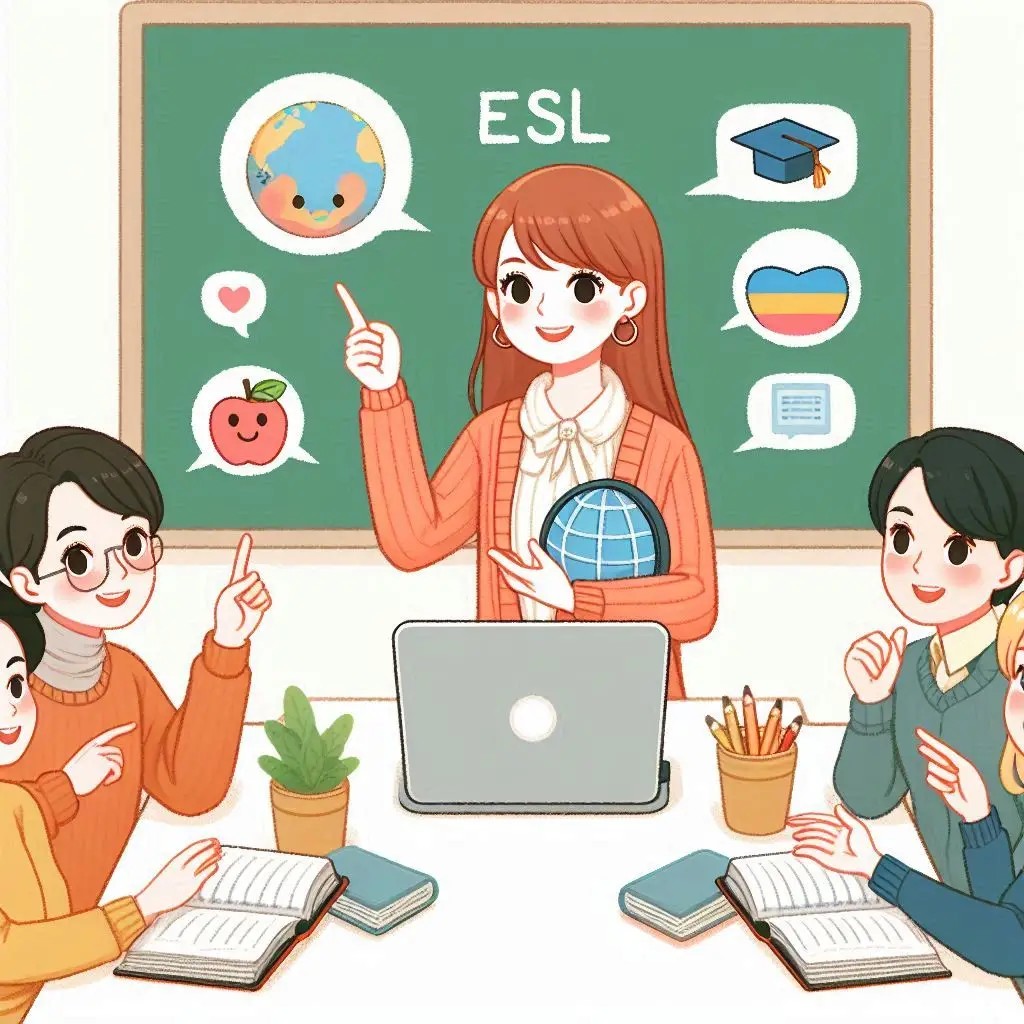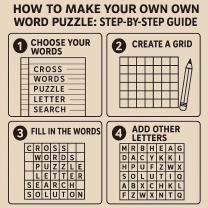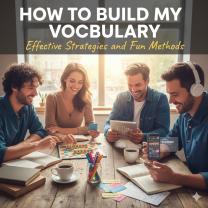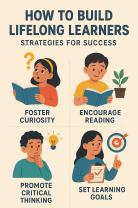How to teach ESL to ESL students?
Teaching ESL (English as a Second Language) to ESL students effectively involves strategies that consider their language background, cultural differences, and learning needs. Here’s a clear, practical approach you can follow:
How to Teach ESL to ESL Students Effectively
1. Understand Your Students’ Backgrounds
Assess their language proficiency levels (beginner, intermediate, advanced).
Learn about their native languages and cultures to anticipate challenges.
Identify their goals for learning English (academic, professional, everyday communication).
2. Create a Supportive and Inclusive Environment
Foster a welcoming classroom where mistakes are viewed as learning opportunities.
Encourage peer support and cooperative learning.
Use positive reinforcement to boost confidence.
3. Use Clear and Simple Language
Speak slowly and clearly.
Use short sentences and repeat key vocabulary.
Avoid idioms or slang initially, or explain them carefully.
4. Incorporate Visuals and Real-Life Contexts
Use pictures, flashcards, videos, and gestures to support understanding.
Connect lessons to real-life situations (shopping, traveling, school).
Use props and demonstrations.
5. Focus on All Four Language Skills
Listening: Use audio recordings, songs, and conversations.
Speaking: Encourage practice through role-plays, discussions, and presentations.
Reading: Start with simple texts and gradually increase difficulty.
Writing: Begin with sentences and short paragraphs, focusing on structure.
6. Use Repetition and Practice
Reinforce vocabulary and grammar through multiple exposures.
Include drills, games, and activities that allow repeated practice.
Review previous lessons regularly.
7. Integrate Technology and Multimedia
Use language learning apps, interactive games, and online resources.
Encourage watching English videos with subtitles.
Provide listening exercises via podcasts or YouTube.
8. Customize Lessons to Student Interests and Needs
Incorporate topics relevant to their lives and interests.
Adjust pace and difficulty based on student progress.
Set achievable, clear goals for each lesson.
9. Encourage Communication and Interaction
Use pair and group work to promote conversational skills.
Facilitate discussions where students share their opinions.
Provide plenty of speaking opportunities.
10. Provide Feedback and Assess Progress
Give constructive, specific feedback on speaking and writing.
Use informal assessments like quizzes and oral checks.
Celebrate achievements to motivate students.
Example Lesson Plan Outline
| Activity | Purpose | Method |
|---|---|---|
| Warm-up discussion | Activate prior knowledge | Group discussion |
| Vocabulary introduction | Teach key words | Flashcards and visuals |
| Listening practice | Develop comprehension | Audio clips + questions |
| Speaking practice | Build fluency | Role-play or dialogues |
| Reading exercise | Practice reading skills | Short text and questions |
| Writing activity | Apply new grammar/vocab | Sentence or paragraph writing |
| Review & homework | Reinforce learning | Quiz or journal entry |
How to Teach ESL Effectively to ESL Students?
Teaching ESL effectively requires a student-centered approach that focuses on creating an immersive and supportive learning environment. The goal is to move beyond rote memorization of grammar rules to practical language use, helping students develop confidence in all four language skills: listening, speaking, reading, and writing.
What Are Key Strategies for ESL Instruction?
Effective ESL instruction uses a variety of strategies to engage students and make learning relevant. Some key strategies include:
Communicative Language Teaching (CLT): This method prioritizes real-world communication over grammatical accuracy. Activities like role-playing, debates, and group discussions encourage students to use the language to express themselves.
Total Physical Response (TPR): Particularly useful for beginners, TPR involves students responding to commands with physical actions. For example, the teacher says "stand up" and the students stand up. This connects language directly to meaning without translation.
Task-Based Language Teaching (TBLT): Students complete a specific task (e.g., planning a trip, solving a problem) using the target language. The focus is on achieving the task's outcome, with language acquisition happening naturally throughout the process.
Differentiated Instruction: Recognizing that students have different proficiency levels and needs, this strategy involves tailoring content, process, and products to meet individual student requirements.
How to Address Different Learning Styles in ESL?
Addressing different learning styles is crucial for a successful ESL classroom. Teachers should use a mix of activities to cater to visual, auditory, and kinesthetic learners.
Visual Learners : Use visual aids like flashcards, charts, graphs, and videos. Write new vocabulary on the board and encourage students to create mind maps.
Auditory Learners : Incorporate activities that involve listening and speaking. Use songs, podcasts, and audio recordings. Encourage pair and group work for discussions.
Kinesthetic Learners : Use hands-on activities, games, and movement. TPR is excellent for these learners. Have them physically act out verbs or arrange word cards to form sentences.
What Resources Support ESL Teaching?
A wide range of resources can support ESL teaching, from traditional materials to modern technology.
Print Materials: Textbooks, workbooks, graded readers (books written for specific proficiency levels), and authentic materials like newspapers and magazines.
Technology: Educational apps (Duolingo, Quizlet), language learning websites (ESL-Library, British Council), and online videos (TED Talks with subtitles).
Multimedia: Songs, movies, and TV shows in the target language provide exposure to natural speech patterns and cultural context.
Classroom Aids: Flashcards, word walls, and interactive whiteboards can make lessons more engaging and accessible.
How to Measure ESL Student Progress?
Measuring student progress is essential for providing effective feedback and adjusting instruction. A combination of formal and informal assessments is best.
Formative Assessment: Ongoing checks for understanding, such as observation during group activities, informal questioning, and exit tickets at the end of class.
Summative Assessment: Formal tests and quizzes, writing assignments, and presentations to evaluate overall learning at the end of a unit.
Portfolios: A collection of a student's work over time (essays, projects, recordings of their speech) that demonstrates their growth.
Self-Assessment: Encourage students to reflect on their own learning and set personal goals, which empowers them in their language journey.













